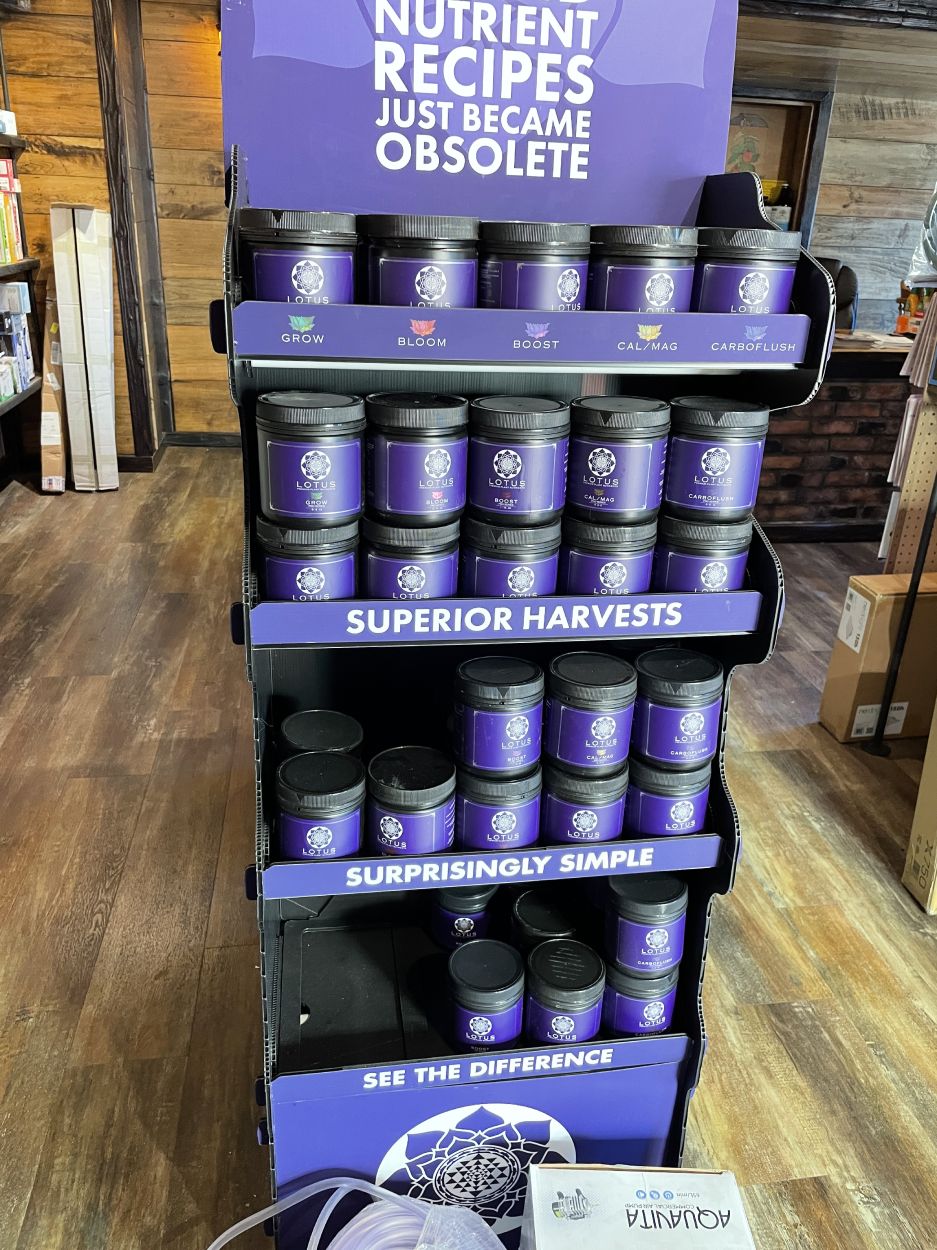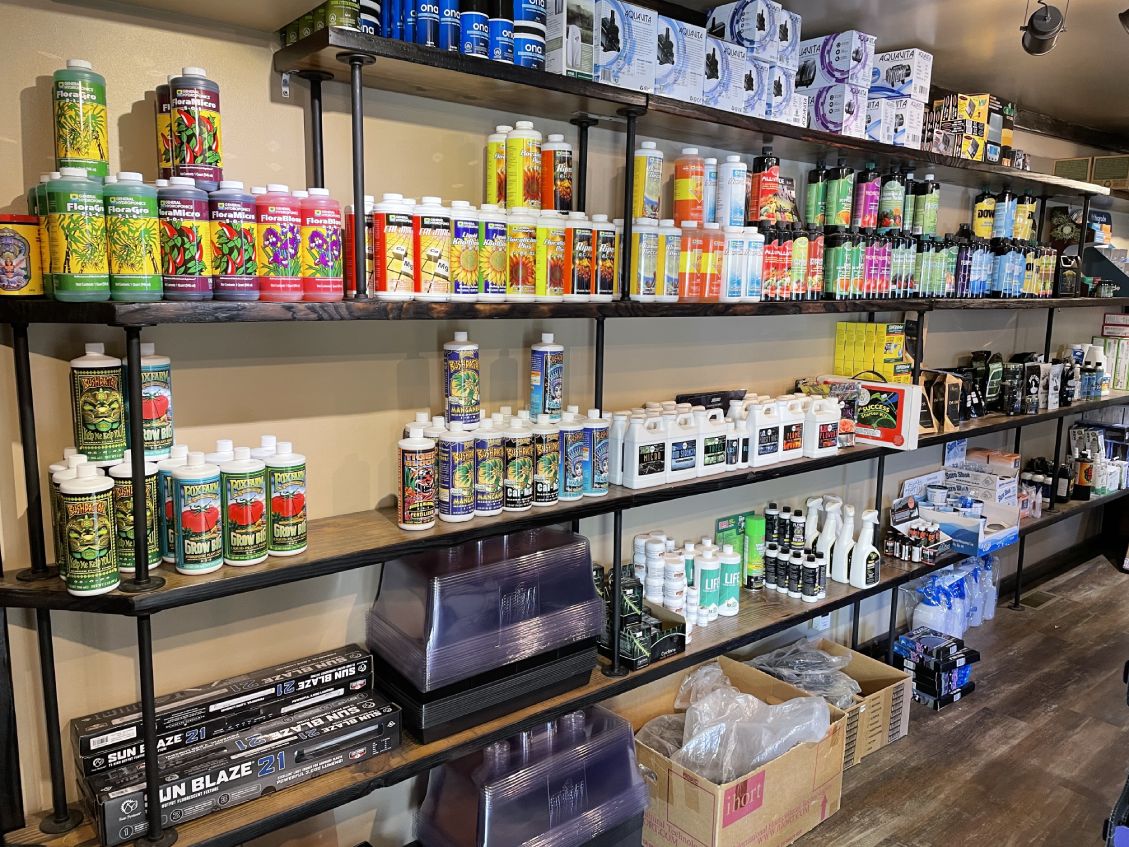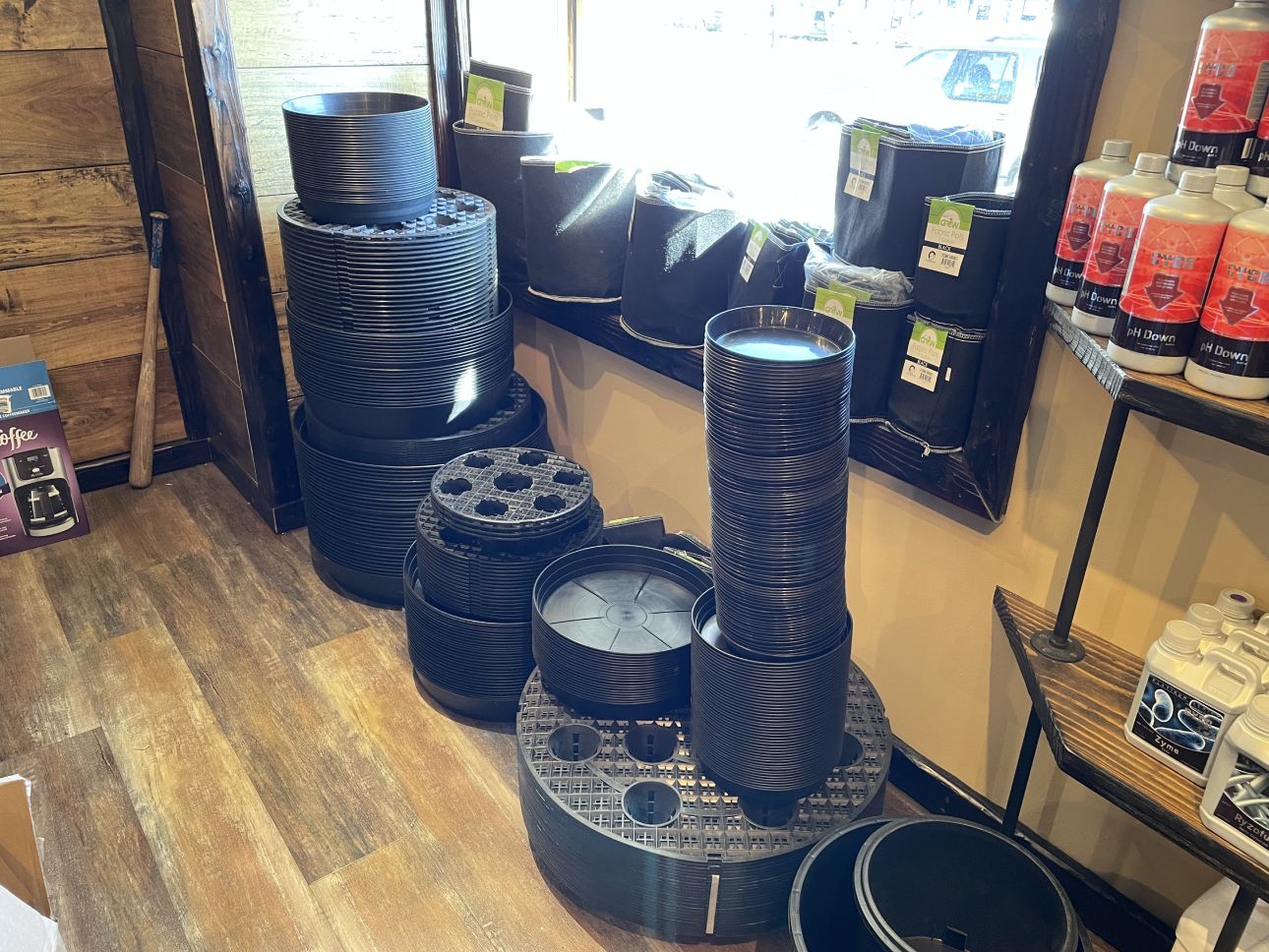Unlocking the Prospective of Hydroponics: Understanding Its Uses and Various Kinds
Hydroponics, a method of cultivating plants without dirt, has actually gathered raising focus for its potential to reinvent farming and cultivation practices. The precision control over nutrient distribution, water usage, and ecological factors provides a glimpse into a future where food manufacturing can be maximized in numerous setups. As we browse via the elaborate landscape of hydroponic systems and methods, it comes to be noticeable that each technique holds unique benefits and constraints. By unraveling the diverse uses and kinds of hydroponics, we can reveal a globe of possibilities that might improve exactly how we imagine lasting farming and horticulture methods.
Benefits of Hydroponic Systems

An additional advantage of hydroponic systems is the ability to expand plants in a smaller sized space. Hydroponic systems reduce the threat of soil-borne illness and pests, as there is no dirt to harbor these hazards.
Typical Uses in Farming

Provided the efficient water conservation and space-saving advantages of hydroponic systems, it is apparent that these innovative farming methods have actually discovered common usages in different sectors of farming. The controlled setting of hydroponic systems enables year-round farming, giving a regular supply of fresh produce no matter of outside climate conditions.
Hydroponics is typically utilized for growing a range of crops, including leafy environment-friendlies, tomatoes, cucumbers, peppers, herbs, and strawberries. In addition, hydroponic systems are made use of in research study and educational setups to study plant nutrition, growth, and cultivation techniques.
Exploring Different Hydroponic Techniques
What are the different ingenious methods used in hydroponics to improve crop cultivation efficiency and produce? Hydroponic systems supply a series of approaches that accommodate different plant types and cultivation objectives. One preferred method is the Deep Water Culture (DWC) system, where plant roots are immersed in a nutrient remedy, giving adequate oxygen and nutrients. An additional extensively made use of technique is the Nutrient Film Technique (NFT), which entails a superficial stream of nutrient service flowing over the plant roots, promoting water and nutrient uptake. Additionally, the Ebb and Flow system, also referred to as the Flood and Drain system, periodically floods the plant roots with nutrient service, allowing for oxygenation throughout draining durations. Aeroponics is one more advanced strategy that includes misting plant roots with a nutrient remedy, optimizing oxygen absorption and nutrient uptake. Each of these methods showcases the versatility and performance of hydroponic systems in improving plant growth and return.
Comparing Different Hydroponic Equipments
Checking out the performance and yield enhancement strategies in hydroponics leads us to website here compare different hydroponic systems readily available for crop growing. Each hydroponic system has its unique functions, benefits, and limitations, making it critical for growers to choose one of the most suitable system based upon their details needs and restrictions.
One of the most typical hydroponic systems is the nutrient movie strategy (NFT), where a thin film of nutrient remedy constantly moves over the plant origins. This system is treasured for its water efficiency and viability for expanding leafy eco-friendlies and herbs. In contrast, the deep water society (DWC) system submerges plant roots directly right into the nutrient remedy, offering adequate oxygen and nutrients. The DWC system is reasonably simple and economical, making it a popular choice for beginners.
An additional preferred hydroponic system is the ebb and circulation (or flooding and drain) system, which periodically floods the plant origins with nutrient option prior to draining it. This cyclic procedure makes sure proper oygenation for the origins while providing nutrients successfully. In addition, the aeroponic system suspends plant roots airborne and mists them with a nutrient solution, promoting quick development and high oxygenation levels. Cultivators trying to find a versatile system that minimizes water use often go with aeroponics. By click this comprehending the distinctions between these hydroponic systems, growers can make informed choices to maximize crop return and high quality.
Technologies in Hydroponic Innovation
With developments in hydroponic modern technology, the agricultural market is witnessing a shift towards extra sustainable and effective cultivation approaches. Advancements in hydroponic technology are revolutionizing the means plants are grown by maximizing yields, preserving resources, and minimizing environmental effect. One key development is the growth of smart hydroponic systems that use sensing units and automation to keep track of and readjust environmental conditions such as pH degrees, nutrient focus, and light exposure in real-time. These systems make it possible for precise control over growing problems, leading to ideal plant development and higher plant returns.
One more noteworthy improvement is the combination of upright farming strategies with hydroponic systems, enabling the farming of plants in piled layers. This upright approach makes best use of room utilization, making it ideal for urban environments where land availability is restricted - The Indoor Earthworm. In addition, the use of sophisticated LED illumination systems tailored to details plant needs has actually enhanced energy efficiency and enhanced growth prices in hydroponic arrangements
Advancements like these are driving the development of hydroponics, making it a lasting and extremely appealing alternative for contemporary farming.
Verdict
In verdict, hydroponics offers countless benefits in agriculture and has different techniques and systems that can be made use of to maximize its potential. Technologies in hydroponic innovation proceed to enhance efficiency and sustainability in food manufacturing. By understanding the usages and different sorts of hydroponic systems, farmers and growers can open the full capacity of this innovative technique of expanding plants without soil.
In addition, hydroponic systems allow for far better control over nutrient levels, pH balance, and ecological conditions, leading to much healthier plants and higher yields.

Comments on “Discover the Ultimate Growing Technique: The Indoor Earthworm Approach”